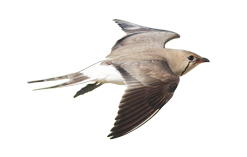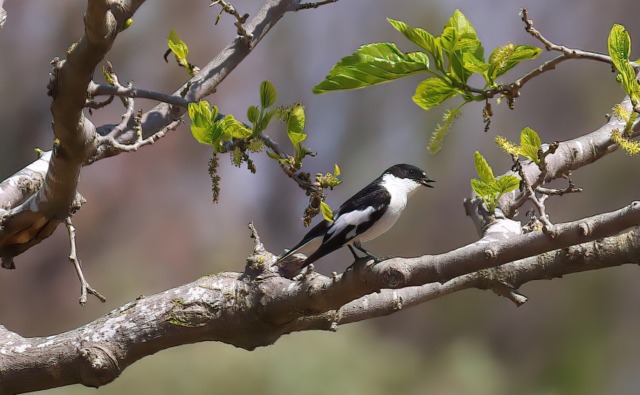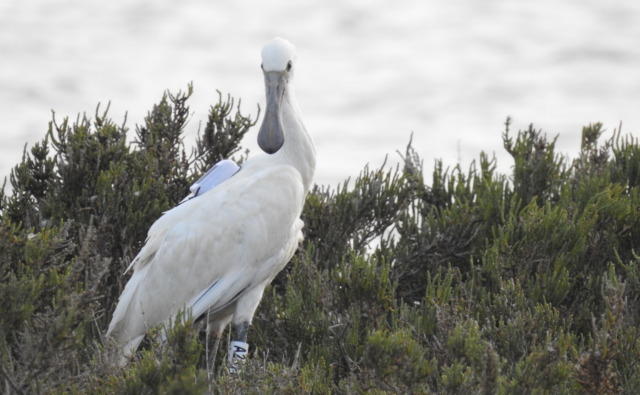Dragonfly and Damselfly Conservation
Objectives
The aim of this project is to improve the conservation status of dragonflies and damselflies in the Camargue, Provence-Alpes-Côte d’Azur region, and other countries aroundthe Mediterranean Basin. It is based on a three-pronged approach:
- First, improving our knowledge by studying dragonfly and damselfly species and the ecosystems in which their larvae develop;
- Second, wisely managing or even restoring their habitats and measuring the effectiveness of these conservation management operations by means of scientific monitoring;
- Third, it is essential to disseminate and communicate the results obtained to various stakeholders including environmental managers, scientists, policy makers, general public, etc.
This interdisciplinary project involves the three Departments at the Tour du Valat (Species, Ecosystems, and the Mediterranean Wetlands Observatory), as well as numerous outside scientific and technical partners.
Actions and methodology
- The most important component of the project concerns the conservation of the damselfly Lestes macrostigma, a species considered to be endangered in France, according to IUCN criteria, and vulnerable in Europe. The new information acquired through our research on its biology and ecology are guiding the experimental operations aiming to restore its habitat.
- Another component consists in accompanying and creating synergies between Odonata conservation projects, such as training people working in the field.
- The final component is based on making inventories and providing expertise on dragonflies and damselflies for managers at the different sites.
Results
- Lestes macrostigma’s preference for Scirpus maritimus and Juncus maritimus when they lay their eggs has been proven. The introduction of these plants is an essential condition for establishing perennial populations in recreated habitats.
- The red list of dragonfly and damselfly species in PACA was updated when the national Odonata action plan was fully developed and released.
Team
- Project leader: Philippe Lambret
- Staff involved: Olivier Boutron, Jocelyn Champagnon, Damien Cohez, Lisa Ernoul, Hugo Fontes, Thomas Galewski, Samuel Hilaire, Marc Thibault, Loïc Willm
- Themes: Species Conservation, Science-Society Interfaces, Wetland Dynamics and Water Management & EcoHealth
- Date of project: Since 2014
Partenaires
Scientific and technical partners
- Amis des Marais du Vigueirat
- Caribaea Initiative
- Centre d’écologie fonctionnelle et évolutive (CEFE)
- DREAL PACA
- Great Marseille Sea Port
- Université Catholique de Louvain (Belgium)
- Office National de la Chasse et de la Faune Sauvage
- Société française d’odonatologie
- UICN France
- University of Veterinary Medicine Hannover (Germany)
Scientific and technical partners
- Rhone-Mediterranean and Corsica Water Agency
- Conservatoire du littoral
- MAVA Foundation
- Great Marseille Sea Port
- Office National de la Chasse et de la Faune Sauvage
- Parc naturel régional de Camargue
- Provence-Alpes-Côte d’Azur Region
Publications
- LAMBRET, P., JEANMOUGIN, M. & STOKS, R. (2023) Factors driving larval abundance and adult size of the threatened Lestes macrostigma (Odonata): keys for water management and habitat restoration. J Insect Conserv 27, 389–402. DOI: 10.1007/s10841-023-00461-3
- LAMBRET P, JANSSENS L, STOKS R (2021) The impact of salinity on a saline water insect: Contrasting survival and energy budget. Journal of Insect Physiology, 131. DOI: 10.1016/j.jinsphys.2021.104224
- LAMBRET P, RUTTER I, GRILLAS, P & STOKS, R (2018) Oviposition plant choice maximizes offspring fitness in an aquatic predatory insect. Hydrobiologia 823: 1-12. DOI: 10.1007/s10750-018-3663-3
- LAMBRET P, HILAIRE S & STOKS R (2017) Egg hatching phenology and success of Lestes macrostigma in two temporary brackish ponds. International Journal of Odonatology 20: 1-12. DOI: 10.1080/13887890.2016.1269690
- LAMBRET P (2016a) Contribution à la connaissance du micro-habitat larvaire de Lestes macrostigma (Odonata: Lestidae). Martinia 32: 1-5.
- LAMBRET P (2016b) Inventaire des odonates de la couronne agri-environnementale du Grand Port Maritime de Marseille – Saison 2016. La Tour du Valat, Arles, France, 15 pp.
- LAMBRET P, BOUTRON O & MASSEZ G (2016) Étude de l’écologie de Lestes macrostigma et restauration de son habitat. Le Courrier de la Nature 296: 66-69.
- MATUSHKINA N, LAMBRET P & GORB S (2016) Keeping the Golden Mean: plant stiffness and anatomy as proximal factors driving endophytic oviposition site selection in a dragonfly. Zoology 119: 474-480.
- LAMBRET P (2015) Inventaire des odonates de la couronne agri-environnementale du Grand Port Maritime de Marseille – Saison 2015. La Tour du Valat, Arles, France, 20pp.
- LAMBRET P (2015) Recherche de la Cordulie à corps fin Oxygastra curtisii dans des canaux contigus à des parcelles rizicoles du Parc Naturel Régional de Camargue. La Tour du Valat, Arles, France, 20 pp.
- LAMBRET P, BESNARD A & MATUSHKINA N (2015a) Initial preference for plant species and state during oviposition site selection by an odonate. Entomological Science 18: 377-382.
- LAMBRET P, BESNARD A & MATUSHKINA N (2015b) Plant preference during oviposition in the endangered dragonfly Lestes macrostigma (Odonata: Zygoptera) and consequences for its conservation. Journal of Insect Conservation 19: 741-752.
- LAMBRET P & OLIVIER A (2015) Inventaires odonatologique et herpétologique des Grandes Cabanes du Vaccarès. La Tour du Valat, Arles, France, 18pp.
- MATUSHKINA N, BUY D & LAMBRET P (2015) Egg clutch patterning in Lestes virens (Odonata, Lestidae) with evolutionary emphasis on endophytic oviposition in lestid dragonflies. Insect Science 23(6): 893-902. DOI: 10.1111/1744-7917.12230
- LAMBRET P (2014) Inventaire des odonates de la couronne agri-environnementale du Grand Port Maritime de Marseille – Saison 2014. La Tour du Valat, Arles, France, 16 pp.



